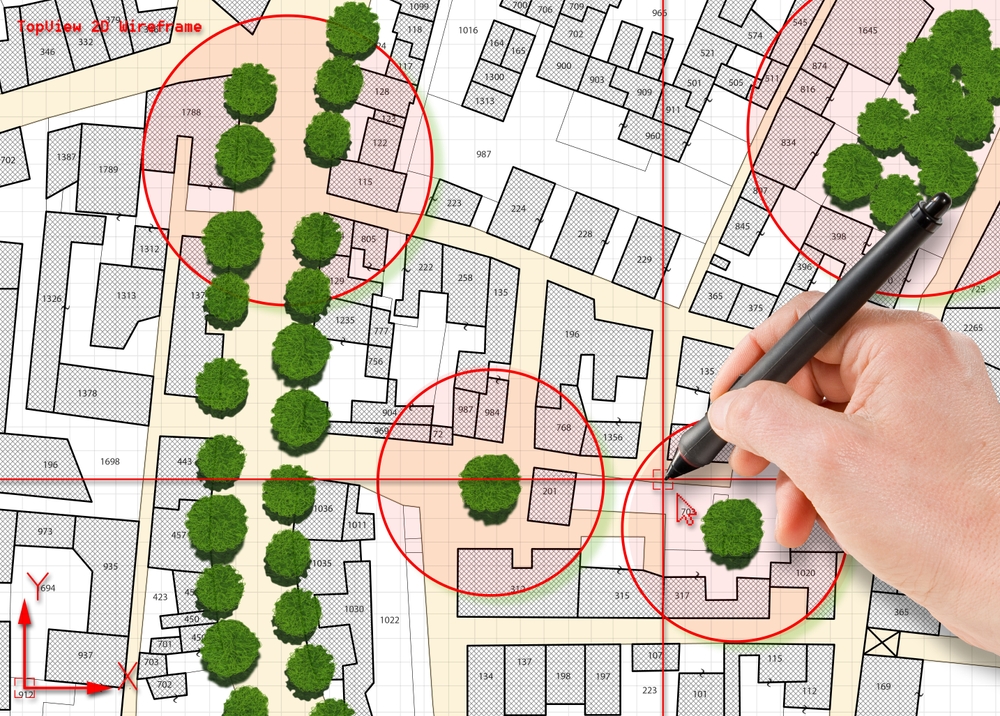The Imperative of Wildlife Conservation
As global economic development progresses, anthropogenic activities have inflicted unprecedented pressure on biodiversity, accelerating species extinction at an alarming rate. Over the past decades, wildlife habitats have been degraded at an unprecedented pace across all continents, with numerous species facing imminent extinction.
The latest IUCN Red List update evaluates 142,577 species, of which 40,084 are classified as endangered, while nearly 17,000 species lack sufficient data for assessment. These figures underscore the urgency of implementing proactive and data-driven conservation strategies.
Effective conservation necessitates comprehensive, high-resolution biodiversity assessments – ranging from tracking individual species to analyzing global ecological patterns.
Traditionally, wildlife monitoring has relied on manual data collection, including:
Population surveys
Behavioral observations
Protected area patrols

However, these conventional methodologies are increasingly untenable due to:
Exorbitant time and resource requirements
Observer bias and inconsistent data reliability
Disruptions to wildlife and their natural habitats
Such limitations impede the accurate assessment of species distribution, biodiversity health, and ecological interdependencies. Consequently, inadequate data may result in misguided policy decisions, ineffective resource allocation, and erroneous ecological forecasts.
Furthermore, combating illegal poaching requires sustained surveillance across vast protected areas, presenting significant operational challenges. Conservation managers must invest substantial resources in mitigating encroachment and preventing illicit activities, underscoring the necessity of advanced technological interventions.
In an era where digital transformation is revolutionizing all domains, conservation planning must leverage spatial technology and geospatial intelligence to enhance efficacy, scalability, and precision.
Spatial Technology: A Catalyst for Advanced Conservation Strategies
Recent studies indicate that over 12,000 African elephants have been poached annually since 2006, with figures continuing to escalate. Without decisive intervention, elephants could face functional extinction within the foreseeable future.
Safeguarding ecosystems is paramount not only for wildlife preservation but also for ensuring the resilience of biodiversity networks. This underscores the critical role of spatial technology in modern conservation planning.
Key Spatial Technologies Transforming Conservation
Geographic Information Systems (GIS) – Enables extensive spatial analysis and ecological mapping.
Satellite Remote Sensing – Provides high-resolution, real-time environmental data for habitat monitoring.
Predictive Spatial Modeling – Facilitates scenario-based analysis for conservation interventions.
Through the integration of these technologies, conservationists can:
Analyze species distribution and ecological corridors
Quantify environmental threats and habitat degradation
Formulate data-driven restoration and mitigation strategies
Applications of Spatial Technology in Conservation Planning

1. Advanced Environmental Monitoring & Change Detection
Assessing Ecosystem Degradation – Remote sensing and GIS facilitate quantitative assessments of deforestation, desertification, and climate-induced ecological shifts.
Surveillance of Biodiversity Hotspots – Real-time geospatial intelligence enables continuous monitoring of forests, wetlands, and marine ecosystems to detect environmental perturbations.
Scenario-Based Forecasting – Predictive modeling provides insights into long-term ecological trends and anthropogenic impacts on biodiversity.
2. Habitat Protection & Biodiversity Management
Mapping Ecologically Significant Landscapes – Geospatial analytics help delineate priority conservation zones, from tropical rainforests to coral reef ecosystems.
Tracking Wildlife Migration – Spatial data facilitates the analysis of traditional migratory routes and climate-induced shifts in species distribution.
Quantifying Conservation Risks – Data-driven risk assessment frameworks identify poaching hotspots, habitat fragmentation zones, and areas vulnerable to environmental degradation.
3. Anti-Poaching Surveillance and Illegal Logging Mitigation
AI-Driven Threat Detection – Machine learning algorithms analyze geospatial patterns to detect anomalous activities associated with poaching and illicit deforestation.
Autonomous Remote Sensing – Satellite-based monitoring enhances real-time detection of illegal encroachments within conservation areas.
Precision Deployment of Conservation Resources – Spatial intelligence supports optimized ranger allocation, strategic patrol routing, and coordinated law enforcement responses.
By integrating geospatial analytics into conservation workflows, stakeholders can establish an evidence-based, highly adaptive conservation framework that enhances efficiency, transparency, and ecological resilience.
Conclusion
Spatial technology is redefining the paradigm of global conservation efforts, providing cutting-edge tools for biodiversity monitoring, ecological forecasting, and habitat protection. From real-time wildlife surveillance to predictive environmental modeling, geospatial intelligence empowers conservationists with unparalleled data-driven insights.
Are you ready to harness the power of digital mapping for environmental conservation?
Sign up for MapFusion today and experience the future of conservation technology!
